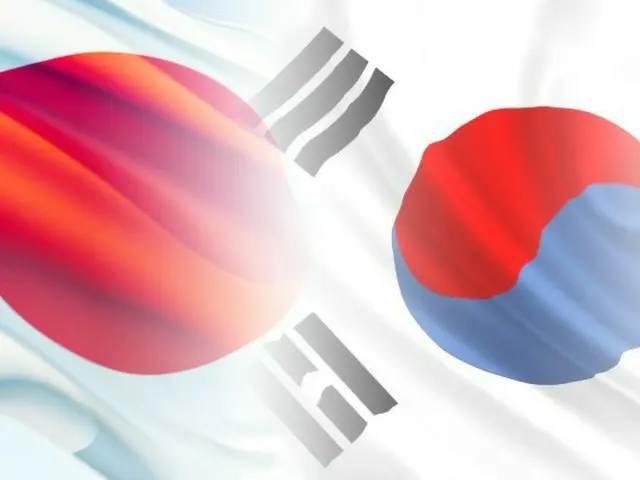Regarding the "Sado Island Gold Mine," South Korea initially opposed the inscription on the World Heritage List, claiming that Koreans had been forced to work there during the war.
However, opposition parties have raised concerns that the registration did not adequately reflect historical facts, and are calling on the Japanese government to acknowledge that forced labor occurred at the mines.
The "Sado Island Gold Mine" consists of two mining ruins, the "Aikawa Tsurushi Gold and Silver Mine" and the "Nishimikawa Gold and Sand Mine". In the 17th century, it was one of the largest mines in the world.
It became a gold production site and continued to operate until 1989. The Japanese government and Niigata Prefecture have stated that "during the Edo period, Niigata developed a large-scale gold production system using traditional handicrafts that were different from those in Europe, and that Niigata is a world-class
On the other hand, Korean former member workers were mobilized to the Sado Gold Mine to make up for the labor shortage during the war. Therefore, the Korean side initially did not approve the "Sado Island Gold Mine" as a World Heritage Site.
Korea is a member of the UNESCO (United Nations Educational, Scientific and Cultural Organization) World Heritage Committee, which decides whether or not to register a site.
In order to register the "Sado Island Gold Mine" as a World Heritage Site, Japan was required to obtain the consent of South Korea. South Korea stated that if Japan were to seek registration, it would be necessary to remove the Korean Peninsula former member workers who were forced to work there.
However, Japan and South Korea have differing views on whether or not it is forced labor, and in April 2021, the Japanese government announced that it would take measures to reflect the fact that the Korean Peninsula was a place where people were forced to live on the Japanese mainland during the last war.
The Cabinet has decided to issue a written response stating that the mobilization of laborers "does not constitute forced labor." ICOMOS, an advisory body to UNESCO, has taken South Korea's claims into consideration and decided to
The Japanese side responded to these recommendations by holding secret talks with the Korean side and exhibiting the history of the gold mine at an exhibition facility in Sado City.
In July, the World Heritage Committee met and after deliberation, the committee members, including South Korea, unanimously approved the inscription of the Sado Island Gold Mine on the World Cultural Heritage list.
The South Korean government finally approved the registration, but the opposition party pointed out that it did not adequately reflect historical facts. On the 16th of last month, five members of the National Assembly from the largest opposition party, the Democratic Party of Korea, filed a lawsuit against the government of the Republic of Korea.
The group visited the mine and saw exhibits that described the harsh working conditions of Korean former members who worked at the Sado mine. They pointed out that the exhibits did not mention the "forced" mobilization, and requested that this be made clear.
Amid ongoing criticism of Japan's response from the South Korean opposition party, Ambassador Park visited Niigata Prefecture on the 18th and exchanged views with Governor Hideyo Hanazumi and Mayor Ryugo Watanabe of Sado City, Niigata Prefecture, on the topic of "Sado Island's gold mines."
Ambassador Park took up his post in August as the successor to former Ambassador Yoon Dong-min. He is a long-time researcher of Japan-Korea relations and is well-versed in Japanese politics.
The Korean newspaper Chosun Ilbo, which reported the appointment at the time, said, "The new ambassador to Japan is also expected to resolve outstanding issues between South Korea and Japan."
Ambassador Park arrived in Japan on the 9th of last month to assume his new post, and responded to questions from reporters at the airport, saying, "The two countries
"I'd like to go wherever I can if it helps build trust and cooperation," he said. True to his words, he visited Niigata Prefecture on the 18th of this month and exchanged opinions with Governor Hanazumi and others about the "Sado Island Gold Mine."
According to the Shinbun report, Ambassador Park, who visited the prefectural office, asked Governor Hanaoka to hold a memorial service for all the workers who died at the gold mine, which the Japanese and Korean governments have agreed to hold this fall, early and ask for the Japanese government to consider whether to hold a memorial service for all the workers who died at the mine.
According to the Sankei Shimbun, Ambassador Park said after the meeting that "both Japan and South Korea should make efforts to ensure that everything is carried out, including the exhibition (on the history of the Sado Gold Mine)."
Meanwhile, Cho Tae-yol, Minister of Foreign Affairs of the South Korean National Assembly, said at the Foreign Affairs and Unification Committee of the South Korean National Assembly on the 11th that he recognized that it would be difficult to hold the memorial ceremony in September, and said, "The LDP
"I think that political considerations are being taken into account, as the party presidential election is coming up," he said. In addition, a member of the Democratic Party of Korea said, "The compulsory nature of the exhibits should be addressed" regarding the contents of the exhibits.
In response to this criticism, the company said it would "continue to negotiate while considering how much to upgrade the content."
2024/09/20 13:44 KST
Copyrights(C)wowkorea.jp 2

